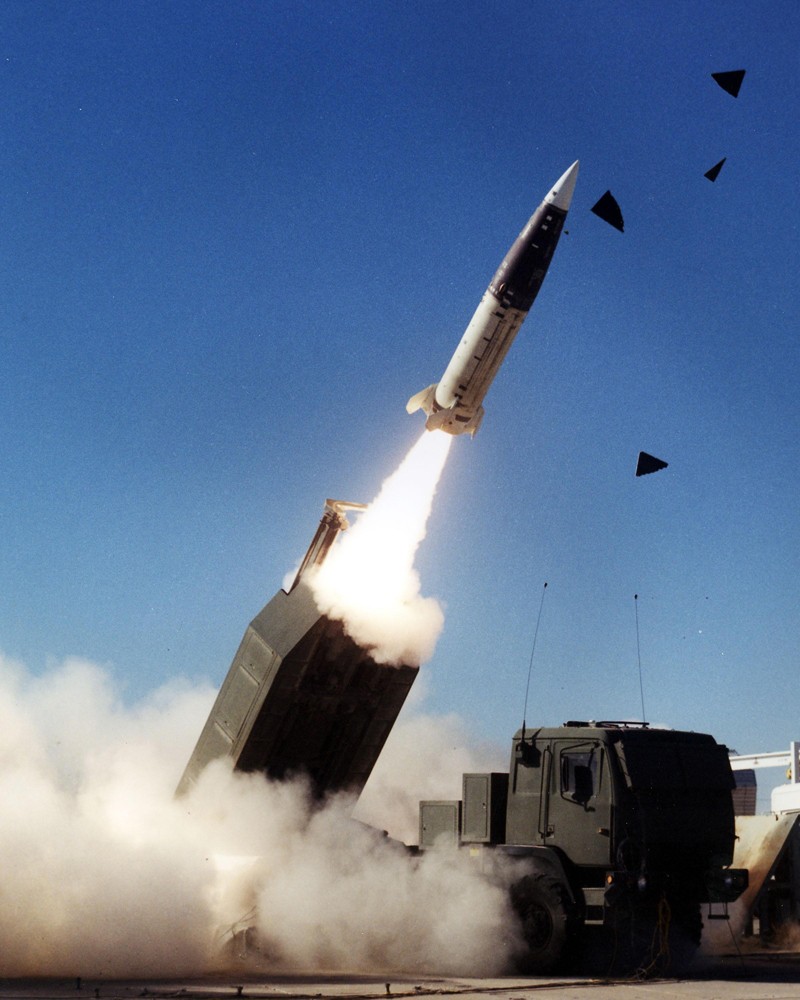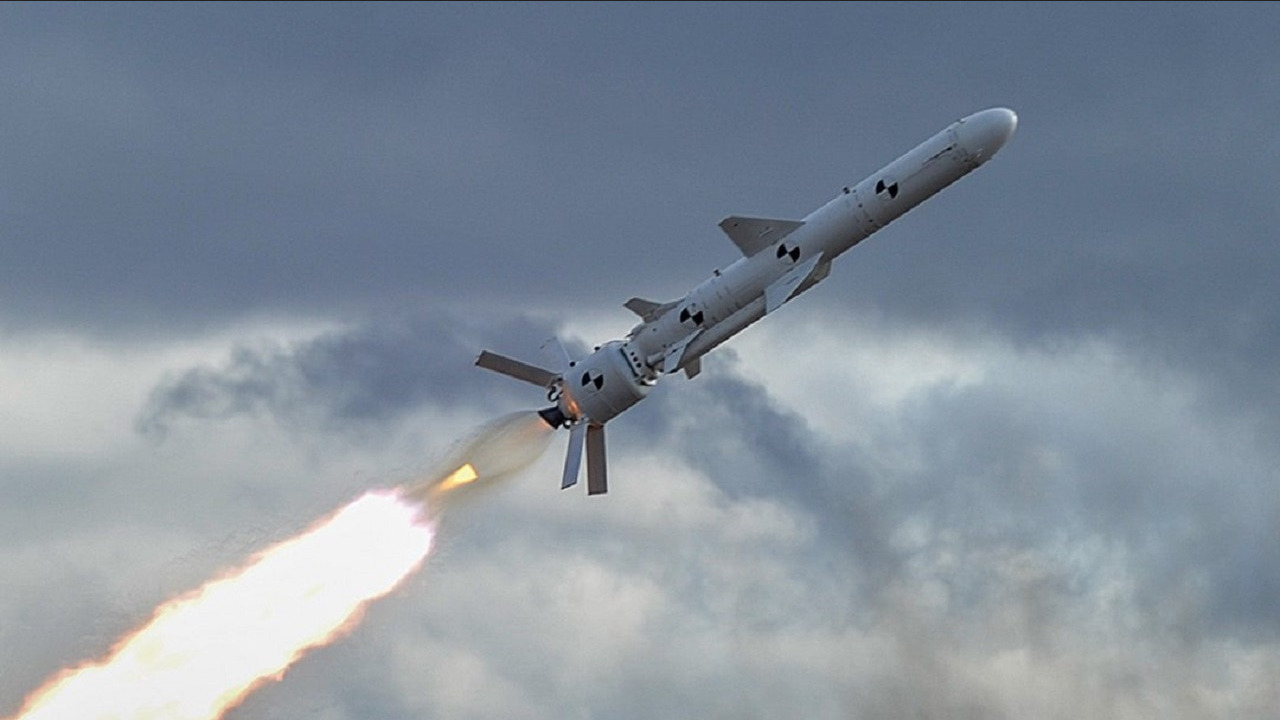Stab at Russian air power in Crimea: Saky airbase attacked
The Russian air base of Saky, in Crimea and 200kms from the nearest front line, was attacked with missiles (or sabotaged?), producing the largest loss of Russian aircraft in one day since World War II.
The attack occurred on August 9. Loud explosions were filmed from areas around the base, which seems to indicate that fuel and/or ammunition depots were hit.
There is still speculation as to what means the Ukrainians could have used to carry out this action. Theories point to a missile attack, launched from Odessa oblast, more than 200 km from the Saky base. But which missiles?
What can be inferred
One of the suspects is the ATACMS missile, which has a maximum range of 300km, warhead with submunitions (among several types) with a very wide damage area and can be fired by HIMARS rocket launchers, which Ukraine was receiving. However, the U.S. denied having delivered this lethal munition, as it could be used to attack the rearguard inside Russia, and there was no intention to further escalate tensions

There was also talk of the use of cruise missiles, which would have managed to avoid the air defenses of the Russian base, flying very close to the ground, falling surprisingly on the targets. In this case, it could be a ground attack version of the Neptune anti-ship missile.
Ukraine developed the Neptune to equip its surface ships and coastal defense forces with a new, modern, and national anti-ship missile. It appears to have been reverse-engineered from some Russian Kh-35s that Ukraine would have possessed at the time of its independence, but with improved electronics and performance.

The theoretical range of these missiles is between 280 and 300kms, and their adaptation to ground attack would have required the modification of the flight computer and, given the accuracy shown, the integration of a western satellite navigation system (possibly military-grade), probably provided by a NATO member.
The third theory is that it was sabotage, since the Saky base was defended by S-400 systems, which should have been able to repel an eventual ATACMS missile attack, and by Tor short-range defense missile systems, designed to intercept cruise missiles, as well as anti-radiation missiles, bombs, and the like, in addition to airplanes and helicopters.
What can be seen
Close up images of the damaged equipment pic.twitter.com/dCDgP5eDAN
— Benjamin Pittet (@COUPSURE) August 10, 2022
What is clear, however, is the level of damage done to Russian air combat capability around the Crimean Peninsula. Satellite images show extensive burned areas and craters.
According to Ukrainian sources, the list of aircraft destroyed on the ground would be:
- 8 Su-27
- 6 Mi-8
- 5 Su-24
- 1 Il-2RT
And four ammunition depots.
One of the largest ?? telegram media, referring to its internal sources, writes about such ?? losses at Saky airport in Crimea. https://t.co/i2943JrXv4
?8 SU-27
?6 Mi-8,
?5 SU-24
?4 SU-30M
?1 ІL-20RT
?4 ammunition depotsP.S: Planet, Sentinel – we are still waiting
— Special Kherson Cat ??? (@bayraktar_1love) August 10, 2022
Analysis of the images by the Oryx site (a highly respected source) reveals that there is visual evidence to confirm the destruction of four Su-30SM heavy fighters and seven Su-24M attack and reconnaissance fighters.
Despite the evidence, the Kremlin stubbornly denies the loss of any aircraft.


Para comentar, debés estar registradoPor favor, iniciá sesión